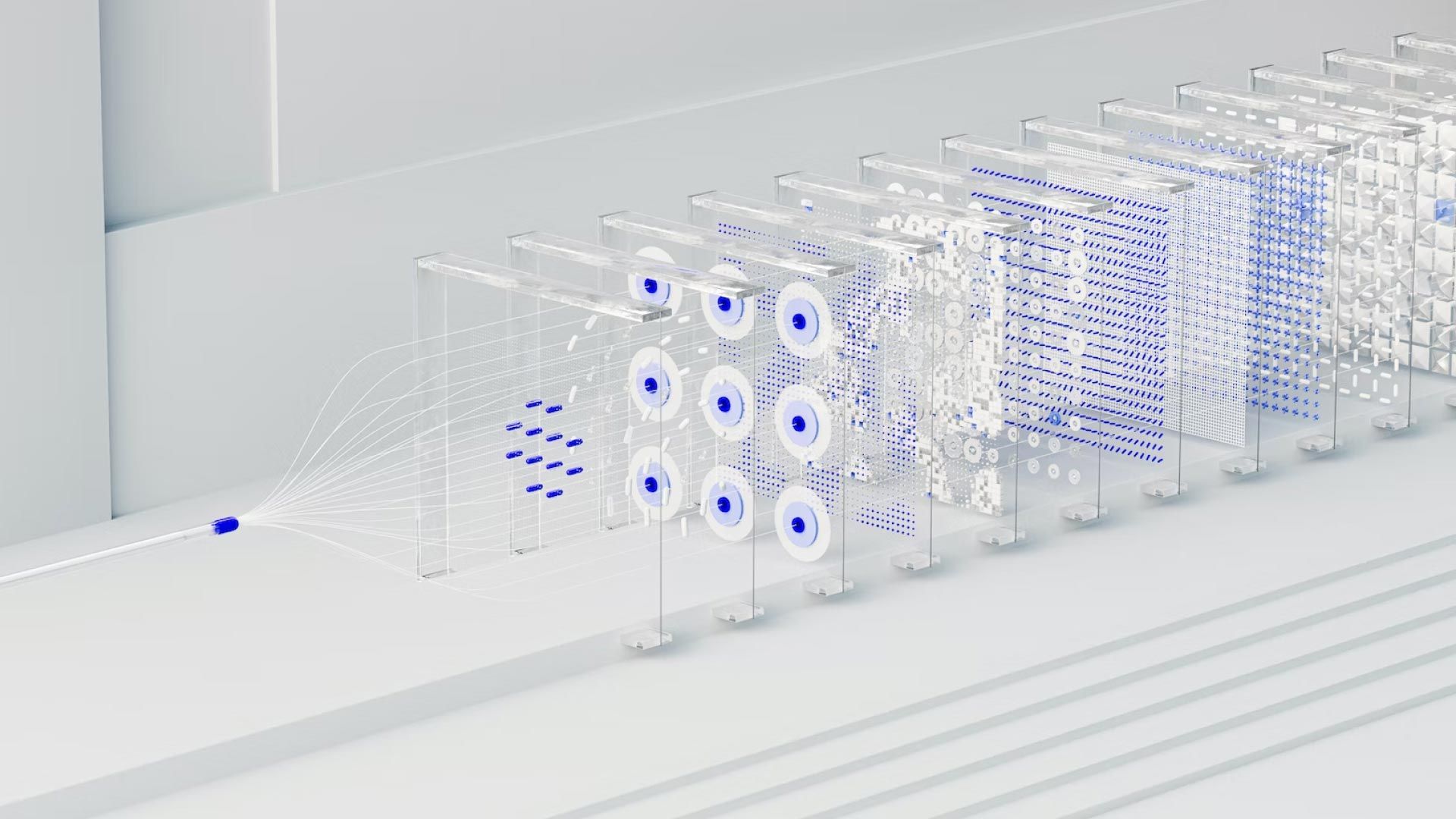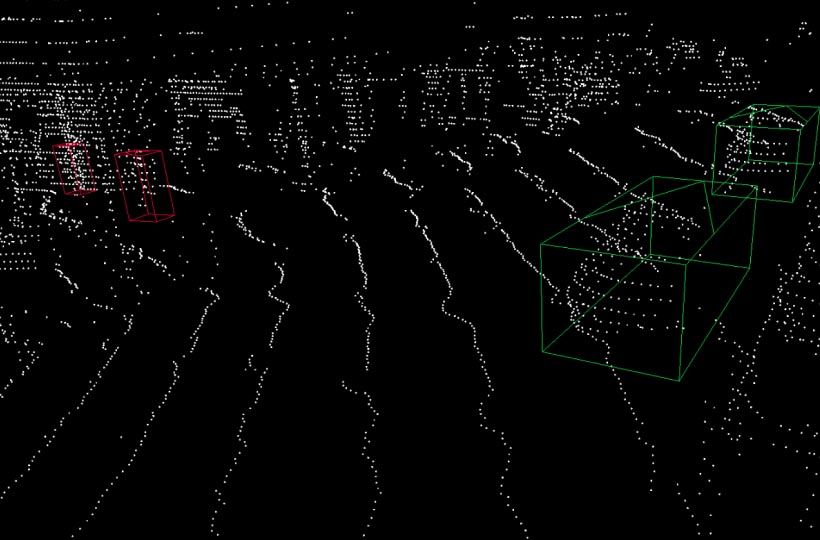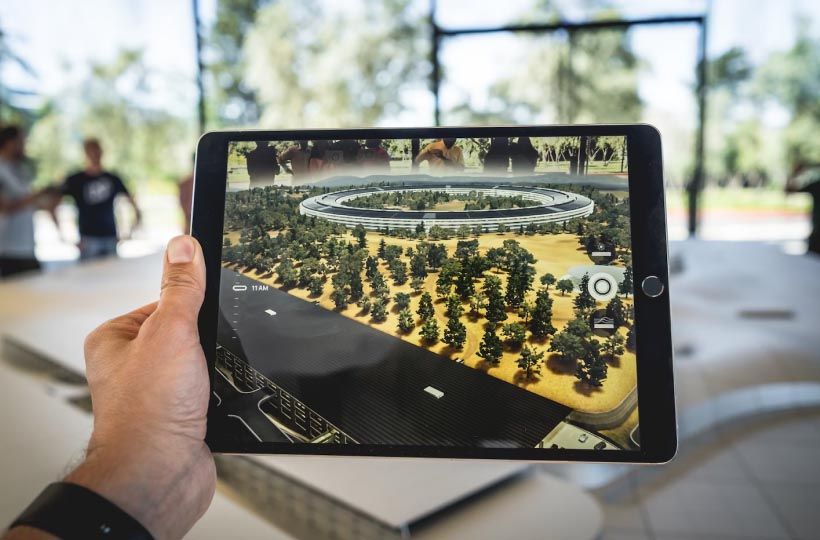The newbie pack: What is computer vision?

Have you ever wondered how your phone's camera can recognize your face or how self-driving cars navigate through traffic? The answer lies in computer vision, a field of artificial intelligence that aims to teach machines to see and interpret the world like humans do.
Computer vision has become increasingly important in our daily lives, from facial recognition technology to medical imaging. In this article, we will introduce you to the basics of computer vision, including how it works and its various applications. We'll explore the different types of computer vision, from 2D to 3D and deep learning, and discuss the importance of data in computer vision and how to collect it.
However, computer vision is not without its challenges, including accuracy, speed, and ethical concerns. We will examine these challenges and provide real-world examples of computer vision in action. Finally, we'll look at the future of computer vision, including advancements and its potential impact. Whether you're a beginner or just curious about computer vision, this article will provide you with the resources and tools you need to get started.

Introduction To Computer Vision And Its Applications
Computer Vision is an exciting subfield of Artificial Intelligence that focuses on understanding digital images. It has many real-world applications, including self-driving cars, robotics, and augmented reality. One of its crucial components is object detection and recognition, which involves teaching machines to identify objects in images accurately.
Deep learning has made significant progress in challenging Computer Vision tasks. With the help of deep neural networks, computers can now detect objects with unprecedented accuracy, even in complex images. By leveraging machine learning algorithms and big data sets, machines can learn to classify objects quickly, precisely identifying them.
Many beginner-friendly courses are available for those interested in learning Computer Vision. These courses cover a wide range of topics from basic concepts like image manipulation to more advanced applications like facial recognition technology. Learning Computer Vision lays the groundwork for creating remarkable products and technology solutions.
How Computer Vision Works: Image Processing And Machine Learning
Computer vision is a subfield of artificial intelligence that allows computers to extract useful information from digital images or videos. Unlike image processing, where a new image is created from an existing one, computer vision focuses on analyzing visuals and understanding their content. It involves acquiring the image, processing it, and deriving meaningful insights to take appropriate actions.
Machine learning is a key component of computer vision as it enables the computer system to improve its performance by learning from sample data. Deep learning models are being used extensively for developing robust machine learning models for computer vision tasks like object recognition, segmentation, detection, and classification.
In order to process an image or video accurately in computer vision applications, accurate feature extraction plays a vital role. This process involves identifying dominant features in images that can be used for analysis such as edges or textures present in the images. Commonly used tools for implementing computer visualization include Python programming language libraries such as OpenCV and Pillow.
Types Of Computer Vision: 2D, 3D, And Deep Learning
Computer vision can be divided into three main types: 2D vision, 3D vision, and deep learning. 2D vision involves the analysis of two-dimensional images or videos to extract information such as shapes, colors, and textures. This type of computer vision is used in applications such as facial recognition, object tracking, and image classification.
On the other hand, 3D vision involves the analysis of three-dimensional data from sources such as stereo cameras or depth sensors. This type of computer vision can be used for applications such as object reconstruction, pose estimation, and augmented reality.

Deep learning is a part of high-level computer vision that uses neural networks to understand complex visual patterns. It involves training large neural networks on vast amounts of labeled data to recognize objects or perform specific tasks with a high level of accuracy. Deep learning has led to advances in areas such as object detection and segmentation.
It's worth noting that machine vision is a subset of computer vision that focuses on industrial use cases. Machine-vision systems are engineered for specific tasks such as quality control during manufacturing or detecting defects in products.
Importance Of Data And Data Annotation In Computer Vision And How To Collect It
Data is a crucial component in building useful AI models for computer vision. Modern computer vision platforms have made it easy to collect high-quality video data for specific tasks, providing an understanding of the context within image data for recognition and detection purposes. However, data quality is also essential in creating computer vision algorithms and dealing with data drift problems in production.
Curating reliable data from various sources is the first step towards AI-based computer vision technology. Collecting diverse training datasets can minimize biases in model predictions and outcomes. It's important to note that biased or incomplete training datasets can lead to faulty models that generate unfair or inaccurate results.
To collect high-quality data, it's necessary to consider several factors such as the source and clarity of images, camera position and angle, lighting conditions, and annotations quality, among others. Data annotation is an essential aspect of this process, as it involves labeling raw data to make it more understandable for the models, ultimately enhancing their performance. These factors must be taken into account when creating a dataset with accurate labels that represent different scenarios.
Computer vision platforms rely heavily on large amounts of high-quality labeled image data to build effective models that leverage machine learning algorithms in detecting an object or classifying it based on its features accurately. Properly curated datasets and accurate data annotation are fundamental not just for building effective machine learning models but also help address ethical concerns by reducing bias while making overall progress more consistent across this industry.
Challenges In Computer Vision: Accuracy, Speed, And Ethics
Computer vision is a rapidly advancing field that aims to teach computers to see and interpret images in the same way humans do. However, there are still some challenges to be overcome when it comes to accuracy, speed, and ethics.
When it comes to accuracy in computer vision, one of the biggest challenges is obtaining quality data. Without good data sets, accurate image recognition becomes difficult. In addition, the choice of CNN base largely affects the speed-accuracy tradeoff in computer vision applications.
High-speed imaging remains a challenging issue in machine vision technology. As such, designing an algorithm that can process images at high speeds while maintaining accuracy is important. This requires a balance between model complexity and computational speed.
Ethics concerns in computer vision include issues of fraud, bias, and privacy. One common concern is facial recognition software being used without consent or for discriminatory purposes. As such, ethical considerations must be taken into account when developing and implementing computer vision technology.
Real-world Examples Of Computer Vision In Action
Computer vision is a subset of artificial intelligence (AI) that processes visual data. Recent advances in deep learning and neural networks have made it possible for computer vision to identify objects within digitized images provided by cameras. Some established computer vision tasks include image classification, face detection and alignment, and object localization and recognition. The technology also enables computer systems to analyze and interpret visual information.

Computer vision has numerous applications across various industries. In healthcare, it can be used to aid radiologists in reading medical images more accurately. Retail businesses can use the technology for customer analytics and shelf monitoring, while manufacturers are using it for quality inspection and predictive maintenance. Autonomous vehicles rely heavily on computer vision as well for object detection to ensure safe navigation on roads.
Another example of how computer vision is being utilized is in the realm of entertainment, particularly with virtual reality (VR) experiences given that VR often revolves around immersion through visuals. By using cameras to track a user's real-life movements within their environment with precision accuracy, computers can generate immersive experiences given that they are capable of overlaying digitally created imagery onto people’s surroundings with little latency.
Future Of Computer Vision: Advancements And Potential Impact
Computer vision is a field that has emerged as the backbone of an autonomous future across various industry sectors. It uses computer algorithms to enable machines to interpret visual data from the world around them. The potential for growth in this field is vast, and it has the capacity to revolutionize healthcare, manufacturing, mobility limitations, and more.
The advancements in computer vision technologies like deep learning and object detection hold great promise for the future. Deep learning involves using complex algorithms that can automatically learn and improve through experience. This means that as more data becomes available over time, the technology will improve.
One of the most significant impact areas of computer vision is healthcare. Computer vision can be used in cancer treatment where automatic detection reduces diagnostic errors while increasing accuracy. In manufacturing processes, computer vision improves efficiency by automating production lines and reducing errors caused by human involvement.
The future of computer vision looks bright with ongoing research into 3D imaging, real-time processing and edge computing architectures that deliver increased performance at decreased latency rates. As we continue to develop new use cases and applications for this technology, we can expect its influence on our daily lives to grow even stronger.
Getting Started With Computer Vision: Resources And Tools For Beginners
When starting out with computer vision, it's important to understand and define specific tasks for focused projects and applications. This includes identifying established computer vision tasks such as image classification. Popular deep learning libraries for computer vision tasks include PyTorch and TensorFlow.
Computer vision algorithms are designed to analyze images and recognize patterns. There are various tools available for this, including OpenCV, TensorFlow, CUDA, MATLAB, Keras, and SimpleCV. It's also important to have a beginner-level understanding of math topics like linear algebra and singular value decomposition.
For beginners looking to get started with computer vision interfaces, Vision Programming Interface (VPI) and TAO Toolkit are recommended. Additionally, Microsoft Azure's Computer Vision API uses pre-trained models for image analysis.
With the right resources and tools at your disposal, learning about computer vision can be an exciting journey filled with endless possibilities for innovation in various fields such as healthcare or manufacturing. As you progress through your studies in computer vision concepts like object detection or facial recognition can become easier to understand allowing you to create practical applications within the subject matter that tackle real-world objectives efficiently.

Conclusion
In conclusion, computer vision is a rapidly growing field with countless applications in various industries. By understanding how computer vision works, the types of computer vision, the importance of data, and the challenges faced by practitioners, beginners can gain a solid foundation in this field.
Real-world examples of computer vision in action demonstrate its potential to transform industries and improve our lives. As advancements in computer vision continue to be made, it is important to consider the potential impact on society and ensure ethical considerations are taken into account.
For those interested in getting started with computer vision, there are many resources and tools available for beginners to learn and experiment with. With dedication and practice, anyone can become proficient in computer vision and contribute to this exciting field.



